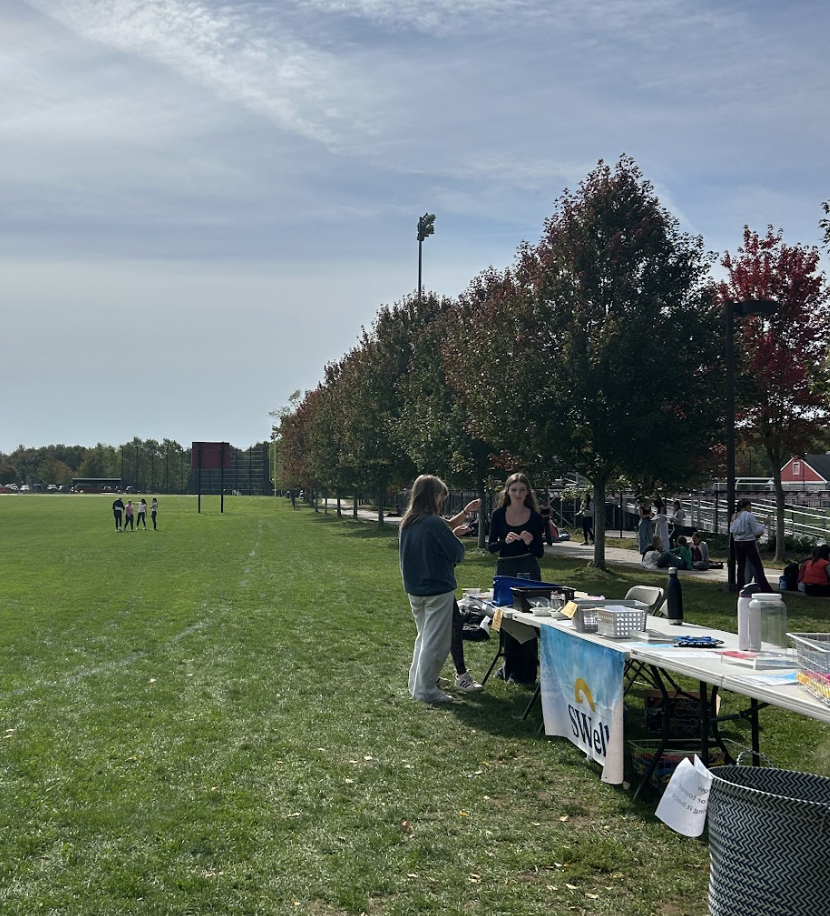Dublin Versus Damascus: Comparing Irish Immigrants to Immigrants of Today

Spartacus Educational https://spartacus-educational.com/USAEireland.htm
Irish family arriving in the United States in 1902.
March 20, 2017
Displaced refugees in the Middle East and the various international responses to this crisis are mentioned often in the media.
As Saint Patrick’s Day approaches on March 17th, some will recall that from the mid 1840s to the 1880s, Ireland was devastated by a potato famine and a war for independence from Britain, forcing scores of Irish citizens to flee their homeland in search of refuge in the United States.
This article seeks to compare the period of Irish immigration to the United States from the 1840s to the 1930s with today’s refugee crisis in the Middle East.
The Numbers
To begin, it is necessary to establish the size of both refugee populations being discussed.
According to a Library of Congress resource regarding immigration during the Irish Potato Famine and Revolution periods, nearly 4.5 million people fled Ireland and arrived in the United States between 1840 and 1930, and the population of Ireland decreased from 8.2 million in 1841 to 6.6 million in 1851, and, by 1891, only 4.2 million people remained in Ireland (Library of Congress). According to that data, 50,000 people fled Ireland every year, nearly 140 people per day. In the case of today’s refugees from the Middle East, a United Nations High Commission for Refugees found that “almost 5 million people have fled Syria since 2011, seeking safety in Lebanon, Turkey, Jordan and beyond”(UNHCR). While at a much higher annual rate than the Irish migration to the United States, a comparable population from Syria have fled their nation as the Irish during the migration period from 1840-1930.
The Reception
When the topic of Irish immigration is discussed, visions of packed boats and families being united at Ellis Island are likely to come to mind. However, these visions aren’t totally realistic. The Irish faced ethnic discrimination in the workplace, a common sight being signs in shop windows reading “Help Wanted. No Irish Need Apply”. Similar to refugees today, they were scorned and blamed for crime and other social issues. According to to an article on Kinsella.org, The Chicago Post once wrote an article that stated how, “the Irish fill our prisons, our poor houses…Scratch a convict or a pauper, and the chances are that you tickle the skin of an Irish Catholic. Putting them on a boat and sending them home would end crime in this country”(Kinsella).
Similar sentiment, both to immigrants heading north to the United States from Mexico and those arriving from countries overseas, has been reflected today by many groups and embodied in President Donald Trump’s travel ban. Trump’s pick for Attorney General, Jeff Sessions, exemplified a nationalistic stance similar to that of many Americans at the time of Irish immigration when he said, ““We cannot compromise our nation’s security by allowing visitors entry when their own governments are unable or unwilling to provide the information we need to vet them responsibly, or when those governments actively support terrorism” (CNN). While refugees are now blamed for threatening national security instead of just petty crime or overpopulation, both groups of the past and present have been blocked from entry into the country based on their country of origin.
The Takeaway
Refugees and immigration are topics that can cause discussions to become arguments, and cause tensions between people of different political views. The intent of this article was to shed some light on the fact that, as a holiday so synonymous with Ireland and its cultural presence in the United States looms this Friday, refugees from the Middle East are only today’s immigrants.
When asked about how she thinks refugees would be received in the high school community, freshman Emma Sommers said that the response would, “hopefully be positive, but vary from person to person.” When asked how refugees would be received in the Hingham community as a whole, sophomore Louis Soults replied that “some people would be positive and put up with it, while others who don’t support their minority would stand up against it.”
Groups throughout history have been pushed out of their homelands due to extenuating circumstances, and ideally this article provides the reader with perspective on an issue that is a very polarizing topic. If nothing else, perhaps this short comparative article will make an interesting topic of discussion over corned beef and cabbage.
































